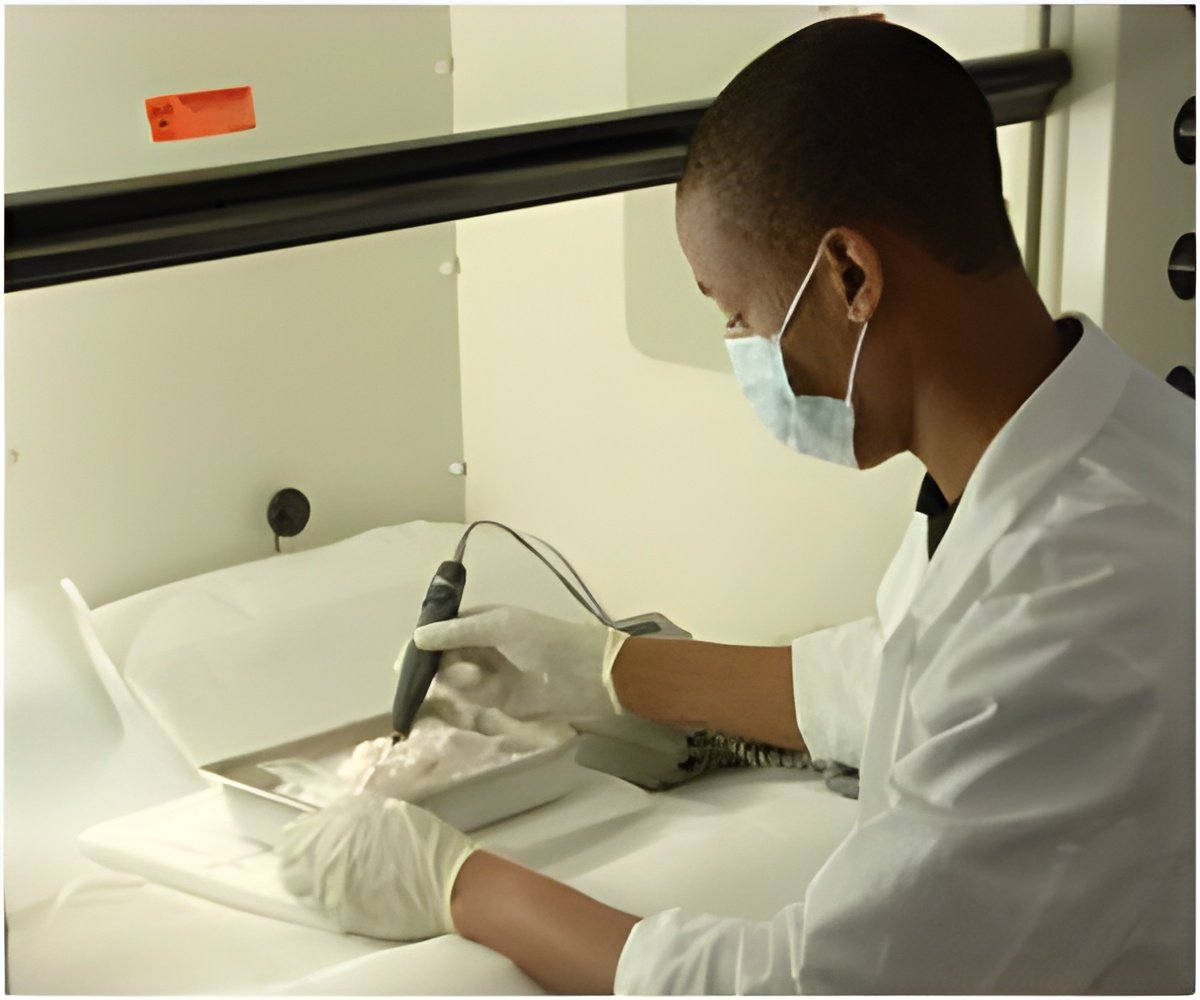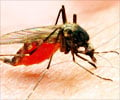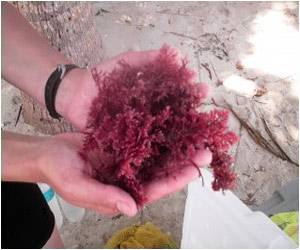The infections of mature mammal cells by influenza A virus and other RNA viruses are inhibited naturally by a compound RNA interferance.

- Antiviral defense builds up with the production of small interfering RNAs (siRNAs) to clear a virus.
- NS1 or non-structural protein in the influenza virus can block the antiviral function of RNAi.
- Human cells produce abundant siRNAs to target the influenza A virus when the viral NS1 is not active.
Mice use RNAi to destroy viruses. But, it remained an open debate as to whether the same was true in humans. That open debate led Ding back to a key 2004 paper in which he described a new activity of a protein (non-structural protein 1, or NS1) in the influenza virus that can block the antiviral function of RNAi in fruit flies, a common model system used by scientists.
In the current Nature Microbiology paper, the researchers demonstrated that human cells produce abundant siRNAs to target the influenza A virus when the viral NS1 is not active. They showed that the creation of viral siRNAs in infected human cells is mediated by an enzyme known as Dicer and is potently suppressed by both the NS1 protein of influenza A virus and a protein (virion protein 35, or VP35) found in Ebola and Marburg viruses.
The researchers in the lab of the co-corresponding author, Kate L. Jeffrey, an investigator in the Massachusetts General Hospital gastrointestinal unit and an assistant professor of medicine at Harvard Medical School, further demonstrated that the infections of mature mammal cells by influenza A virus and other RNA viruses are inhibited naturally by RNAi, using mice cells specifically defective in RNAi.
The research, could have broad implications on the immunological understanding of human diseases caused by RNA viruses including influenza, Ebola, West Nile, and Zika viruses.
- Yang Li et al., Induction and suppression of antiviral RNA interference by influenza A virus in mammalian cells, Nature Microbiology 2, Article number: 16250 (2016) http://www.nature.com/articles/nmicrobiol2016250
Source-Medindia










